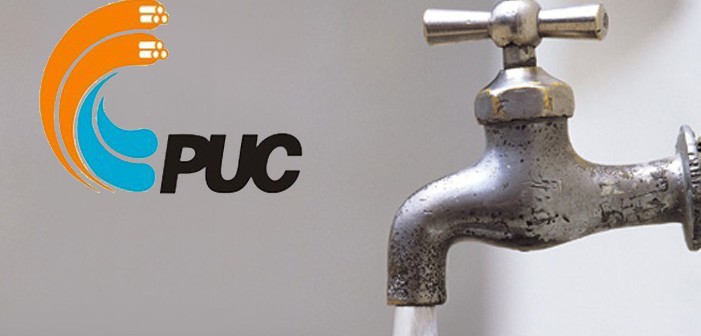Of the 75 contaminants that Health Canada suggests as a guideline for drinking water testing Sault Ste. Marie PUC screens for 73 substances. The two contaminants not tested for are enteric protozoa and enteric viruses- both biological substances that are found in human and animal feces.
According to SSM PUC’s Girodan Zin, supervisor of customer engagement, the plants filtration process, specifically the use of chlorine, negates the need of testing for these substances. “We’ve optimized the treatment process in such a way that there is no purpose in testing for those. Testing would be incredibly expensive and an arduous task for something our filtration would not allow.”
But before everyone gets too worked up that the SSM PUC aren’t testing for certain poopy substances in drinking water supplies, Peter McLarty, science teacher and Chairman of Sault Ste. Marie’s Drinking Source Protection Program, provides a bit of reassurance.
“What should be noted is that the PUC is testing for E.Coli. Enteric protozoa and enteric viruses would not be present on their own. They would be present in conjunction with E.Coli and other organisms from the gut like coliform- which they also test for,” explained McLarty.
A recent CBC investigation revealed that communities in Canada are not regulated to test for all 75 contaminants.
In a recent conversation with Health Canada it was explained that each municipalities testing practices will vary in scope based on water sources. Monitoring is based on need or any other criteria the provinces enforce. For example in places, such as Ottawa, where drinking water is sourced from surface water benzene substances, like gasoline, would not be tested for. Gasoline is a volatile substance meaning that the material would evaporate. However, SSM PUC does screen for benzene contamination.
Zin remarked that the SSM PUC “go above and beyond” the testing guidelines recommended by Health Canada. “We participate in the voluntary program Drinking Water Surveillance Program. There’s a whole other series of parameters that we test for- things like zinc, chlorides, colour, copper and a lot of minerals.”
The elephant in the room is obvious and Zin addressed it. “Drinking water is something that we take very seriously. Resolving the issues with the colour and taste of our drinking water has been our top priority. Is it fixed? No but we are on the right path. We’re actually starting to get positive comments from people calling in. If anyone is still having issues we would like them to call us instead of their City Councilors as soon as they are occurring.”
While the brown water has been an unsettling issue for many Sault residents McLarty clarifies that while brown water doesn’t look pretty it isn’t a health risk. “That’s definitely an aesthetic issues but from a health standpoint there is no risk to the water. I have faith in the people at the PUC. The oversight and controls are pretty solid. I have full confidence in what they are doing.”
Sault Ste. Marie’s drinking water is drawn from Lake Superior and three aquifers. Water in the aquifers are sourced from groundwater. The groundwater percolates down into the aquifer and then works its way horizontally underground to eventually discharge through artesian wells.
“Our intake for the water supply in Lake Superior is so far out that the quality of the water coming in is as good as you can get,” remarked McLarty. “The groundwater supply is filtered up through 200 feet of sand and gravel before it gets to the wellhead. For those of us on well water we’re drawing from the same water table and we don’t test for enteric protozoa and enteric viruses. We drink it raw from the ground.”
So what’s the bottom line?
“We’ve got very good water,” commented McLarty. “There’s very few jurisdiction that would have better water. Compared to standards around the world we’re far above many standards with our testing and regulation.”


